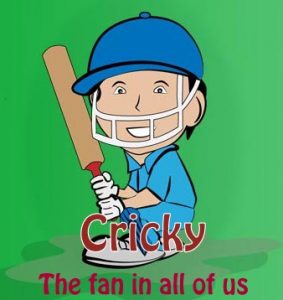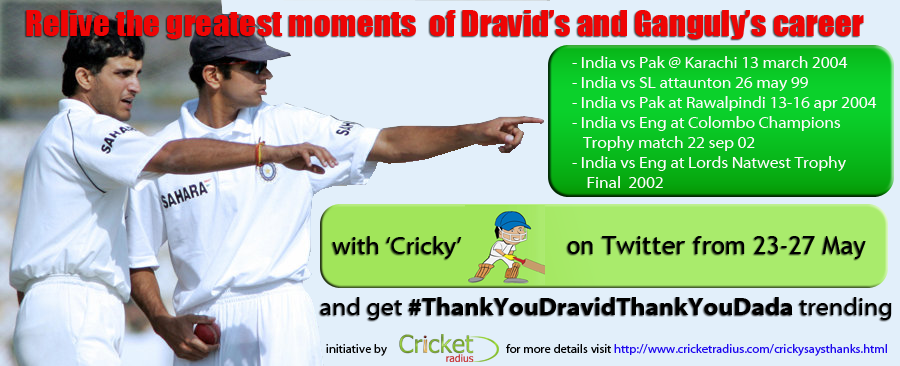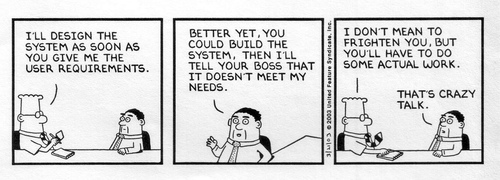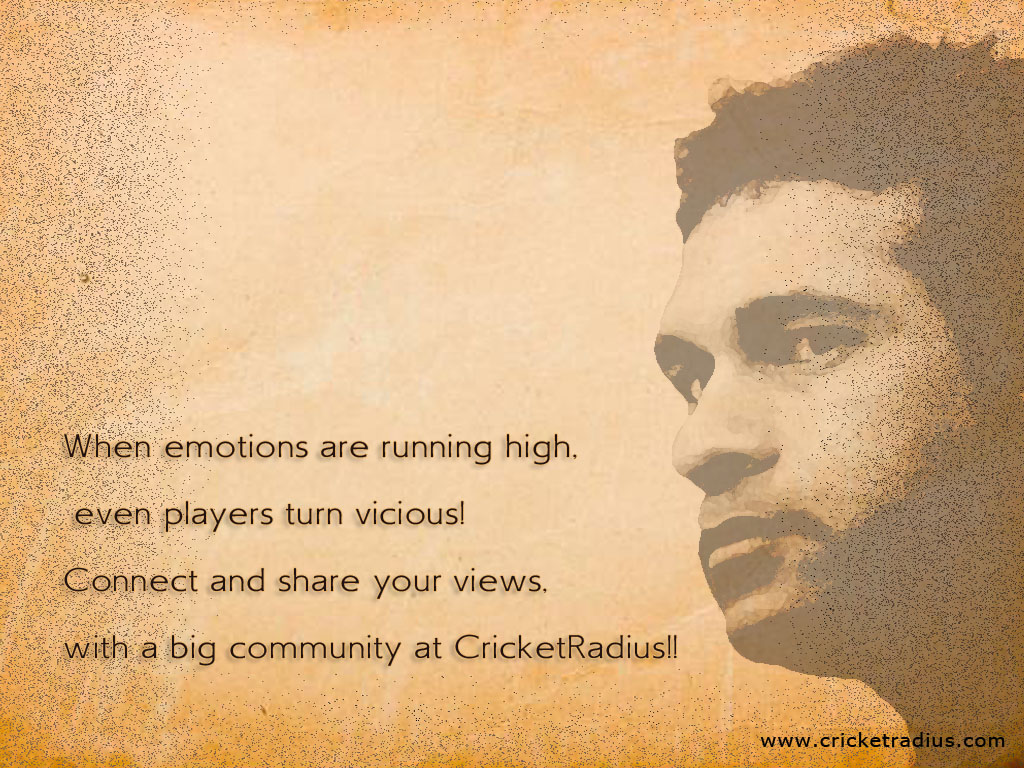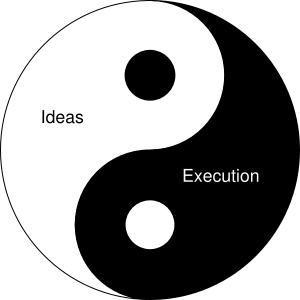If I were to compare a startup to hunting, then the idea of hunting that bear is akin to the new business idea you are pursuing. But the hunting doesn’t start unless we get our lazy asses out in the jungle. Similarly, entrepreneurship only happens when we enter the jungle (execution), with all its uncertainty and dangers which we all miss in the city (idea). Below are some rules of the jungle, if you have forgotten –
1. No Reasons and Excuses
Once you have stepped in the jungle, you can’t blame the wild bushes and animals and the lack of roads. You can’t demand a hospital and a restaurant in a jungle. So if you think you need funding to execute an idea, or a quiet time to write that book, or that degree to be successful, then shut the **** up and stop giving excuses. Outside in the civilized world you can give these reasons, but in the jungle these become just excuses. Nobody wants your MBA degree in the jungle, and neither can it make any difference.
2. No Blame, Only Responsibility
In the jungle, you can either blame the thorns and the leeches for you not being able to hunt, or you can take responsibility for stepping into the jungle and dealing with whatever it has to offer. Taking responsibility will ignite the inner fire in you, to take charge of your life and improve/change and do whatever is required to reach your goal, inspite of all the challenges that the jungle presents to you. And yes, it takes strength.
3. Calmness amid Change
In a jungle, you can’t blame that the ecosystem changes every inch. If fact, it is utter stupidity if you expect anything other than change in a jungle. Similarly, in the startup world, you must learn to accept that life is filled with change. The only thing that matters is how accepting or rejecting you can get of that change, discomfort and hardship? The more you accept that as normal and stop resisting it, the more easily you can find the hidden treasures of entrepreneurship. As one wise man once said – “It is much easier to ride the horse in the direction that it is running.”
4. One Difference
If there is one difference between a startup and hunting, it is that in hunting you know which tools to carry and what animal you are going to hunt. But in a startup, most often you don’t even know your target (customers) so there is no question of having the right tools like a gun or a knife with you. So, you will not have the programmer, the sales guy, the money when you need it the most. Face it. Using whatever tools, you have to do get the job done. Using rocks as knifes and stones as guns can look funny to others, but that is the best you can do in your situation. And so you do it.
Taking it a notch ahead, I would say LIFE itself is a jungle. Think about it? For me, that is what makes it so exciting. For you, only you can answer this question?


